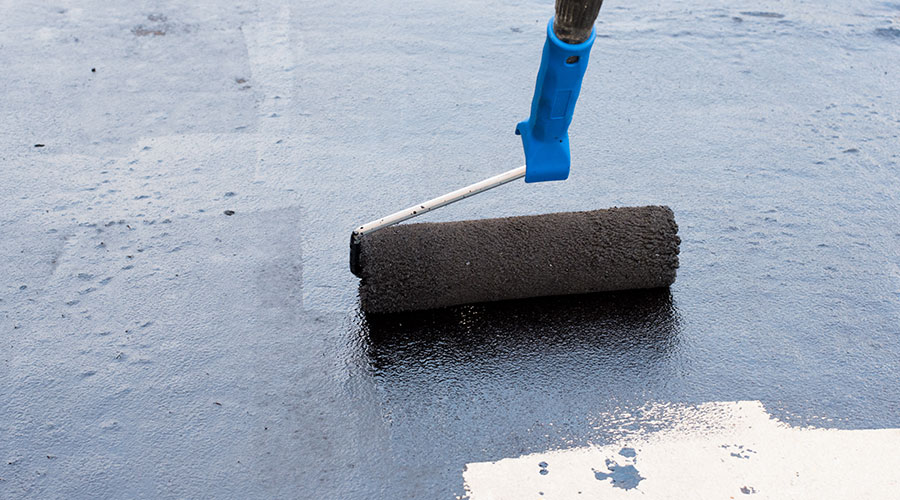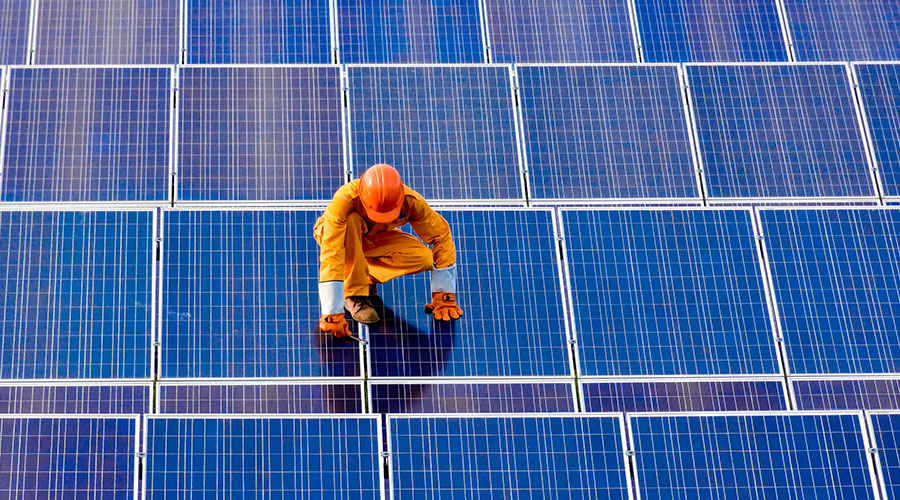Vegetative Roof Evolves Throughout its Life
The association's learning process related to a vegetative roof also involves understanding how it evolves throughout its life.
"Now that ASLA is going into its seventh growing season in 2013, the roof is self-sustaining," Swann says. "It has filled in quite nicely and usually requires one annual weeding by an outside organization of two professionals for a half-day's service."
The roof receives occasional watering during hot summer weather, and a building employee regularly cleans debris and leaves from the roof, Swann says.
Perhaps the biggest lessons from the green roof relate to the relative health of the original plantings.
"Over time, I believe both waves will be covered with sedum," Swann says. "ASLA has already seen changes over six years. The phlox and Silene caroliniana have all but disappeared, so have the black-eyed susans, except in shady areas. One wave has only sedum and cacti on it, and the other is 50 percent grasses and 50 percent sedum.
"The shrubs have done quite well on the new staircase in 12 inches of growing media, and ASLA is allowing any rose bushes there to die out. Actually, they have been choked out by the fragrant sumacs."
Many managers worry a vegetative roof will leak, leading to damage inside. Swann says ASLA's roof has had only one minor leak, which was easily repaired.
The roof's irrigation system also has worked well, Swann says, adding there are limits to water use.
"We have to be cognizant of the water that we put on because we are doing a storm-water study, so we can't flood the roof just to make the roof look great," he says. "We do add some spritzing to it because it is a public project, and we want it to look neat.
"We have an intensive and an extensive roof. For drip irrigation, it's only on the intensive portion, where the staircase and the elevator shaft are located. We run that for one hour, three times a week during the hottest months."
In addition to irrigation considerations, the local climate also has played a role in plant performance.
"I think over time, both waves will be all sedum because we tied the manual system into the drip irrigation system, but there is not enough water pressure to run both sides," Swann says. "So over time, the plants have changed. The sedum benefited from the little bit of water we were putting on, but those plants that were chosen in the beginning have burned off because it just gets too hot during the summer. Even on the grassy side, where the designer wanted it to look like a meadow, those are also burning off."
Related Topics:














